So I have no beautiful food pictures for this….boo hoo–to come later. I realize that the standard in food blogging is to have it right there, cook it up, and have it ready in stunning photographic orgasm for the food love to idolize.
That is not me. I am a culinary historian first, fascinated cook second, planner third, but if you keep up with me–you know that already. Besides—I have to be honest with you–growing your menu means patience and waiting for exact moments. I’ve learned a lot in the past year about this world of online food writing, I have a lot of room for improvement but one thing I have to sync is the garden, the plate and the camera. This is the year to do it. Part of the reason I want to do the Southern Discomfort Tour this year is to force myself into a more consistent and colorful food writing session where I obligate myself to tell stories, record recipes, create dishes, do videography, do better photography, etc. I am not satisfied yet but I am happy that I decided to jump into things and learn slowly but surely how to blog, how to connect with others, and how to translate my food dreams to the screen.
I choose to be inspired by my family food history, and several things come to mind when we consider the springtime. By late spring, little squashes known as cymlings or pattypans begin to appear. These have a special place in early African American history as they were one of the few squash commonly grown and consumed by the enslaved community. The word “cymling” was extended to dried gourds, so they were called “cymling gourds.” In those days and times this was what we knew. My paternal grandmother’s family grew them down in south-central Virginia where the family has been since the 17th and 18th centuries.
Currently outside buried under soil are a bunch of “yam” potatoes given me by William Woys Weaver. I will not be eating all of them. Most will be saved to make more potatoes and more on top of that for seed. The “yam,” was named so by enslaved Blacks from South Carolina according to Dr. Weaver and was then exported to the British Isles to feed the British colonial subjects in Scotland and Ireland. The yam is a white potato, ultimately with South American origins, but its name and its heritage are wonderfully centered in an African American story. This was a vegetable most certainly enjoyed in the Carolina Lowcountry by the Gullah-Geechee nation and most likely by many others in the Lower South. Since my paternal grandfather’s people are all from Carolina, ultimately entering American culture through the port of Charleston in the 18th century, this dish is dedicated to my Daddy and his roots.
The yam is cute, small, rosy and very tasty, lending itself well to roasting, saute in a pan (where is my accent mark?) and one pot meals.
Inspired by a similar composition, I can’t wait to make this meal sometime right before I leave on the Southern Discomfort Tour and probably during the first few weeks of the journey. It involves a special little herb called chervil that you can buy but its best to grow….You don’t cook chervil, it just politely sits at the end of a dish waiting to be savored. I have included the option to include mint and thinned onion greens.
Because late spring coincides with the Jewish holiday of Shavuos/t/th this is a really great dairy meal for the holiday. Shavuos is when we Jews celebrate the bringing of the Torah and the ten commandments down from Mount Sinai 3,500 odd years ago. I love it when I can mix Judaism with the world of my African American ancestors, it makes me feel whole, complete and new and old all at once. There are times I think food does for me what other things can’t–it makes the whole world blend together seamlessly and in good taste 🙂
Green Cymlings, New Potatoes in Creme Fraiche with Chervil
(trust me there will be a picture….gosh…..)
2 cups of young cymling squashes cut in half
vegetable stock, chicken stock, or plain water with sea salt
2 cups of baby new potatoes
Herbs: 2-3 tablespoons of chopped chervil, a tablespoon of mint, and/or 2 tablespoons of thinned onion greens (better known to you as green onions)
1 1/2 cups of creme fraiche
Sea Salt and Cracked Pepper (your choice–mixed, black, white, etc.)
1. Halve the young cymling squashes. They should be small and pale green or just barely white and soft to the cut. Large white pattypans are good for seed only….So don’t even try it!
Place the potatoes in a pan and cover with stock or water with a bit of sea salt. Bring to a boil then simmer for about 10-15 minutes until just tender. Add the cymlings and cook until they are about the same. Drain the stock.
2. Place the simmered cymlings and potatoes in the pan. At this point you can add the mint and the onions, but not the chervil. Stir at a low temperature for about 2-3 minutes.
3. Take the pan off the fire, and stir in the creme fraiche. Add the chopped chervil at the last possible moment and serve as soon as possible. Finish off with cracked pepper and sea salt.
Enjoy the spring!
You know the deal: WE NEED YOU NOW! http://www.indiegogo.com/The-Cooking-Gene-Project-The-Southern-Discomfort-Tour
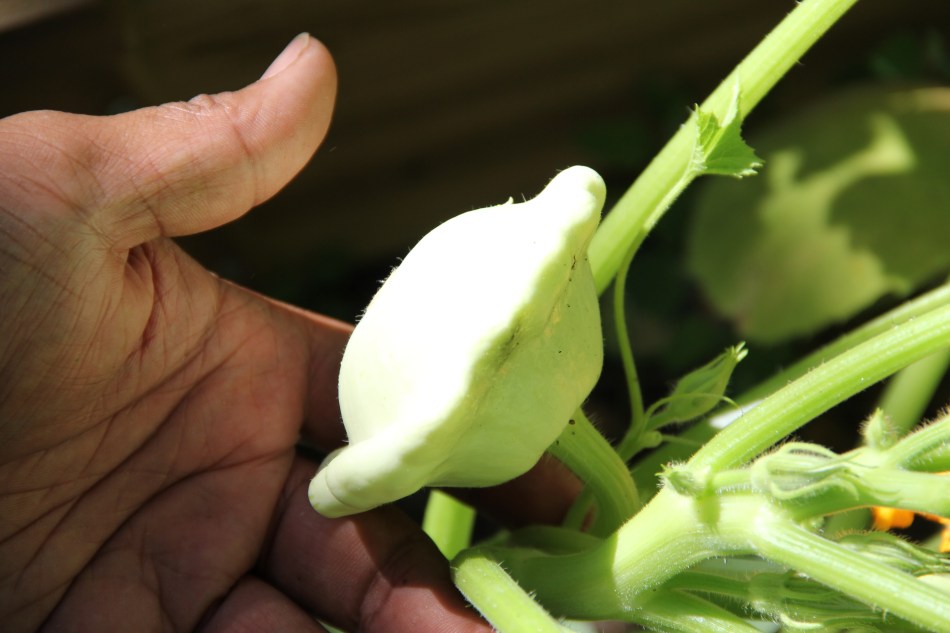
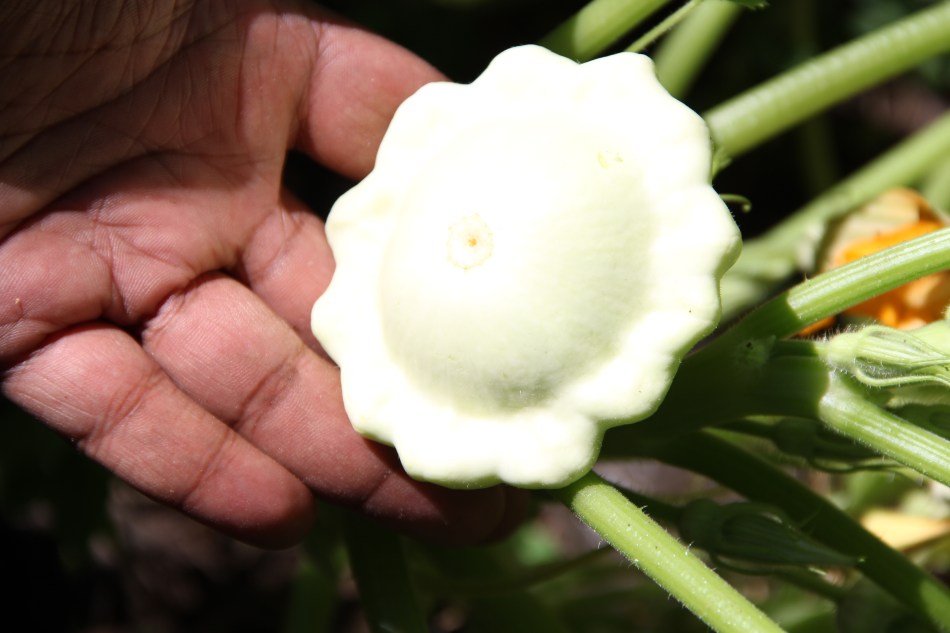
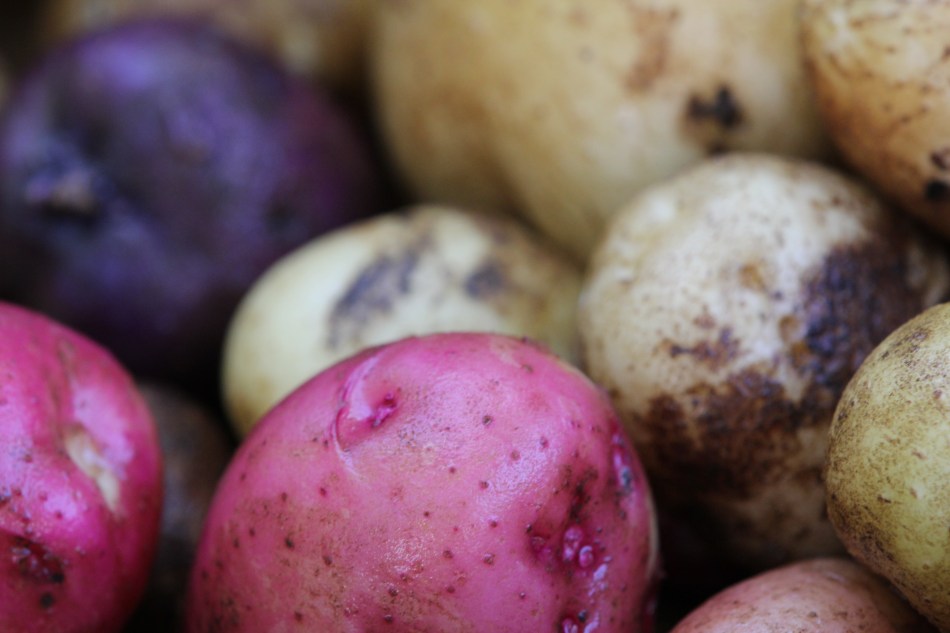
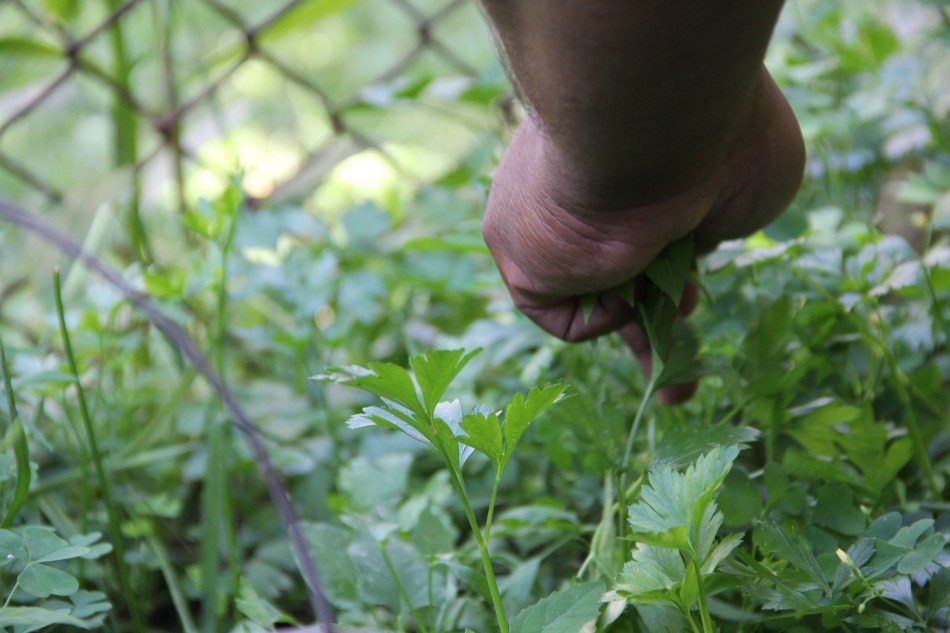
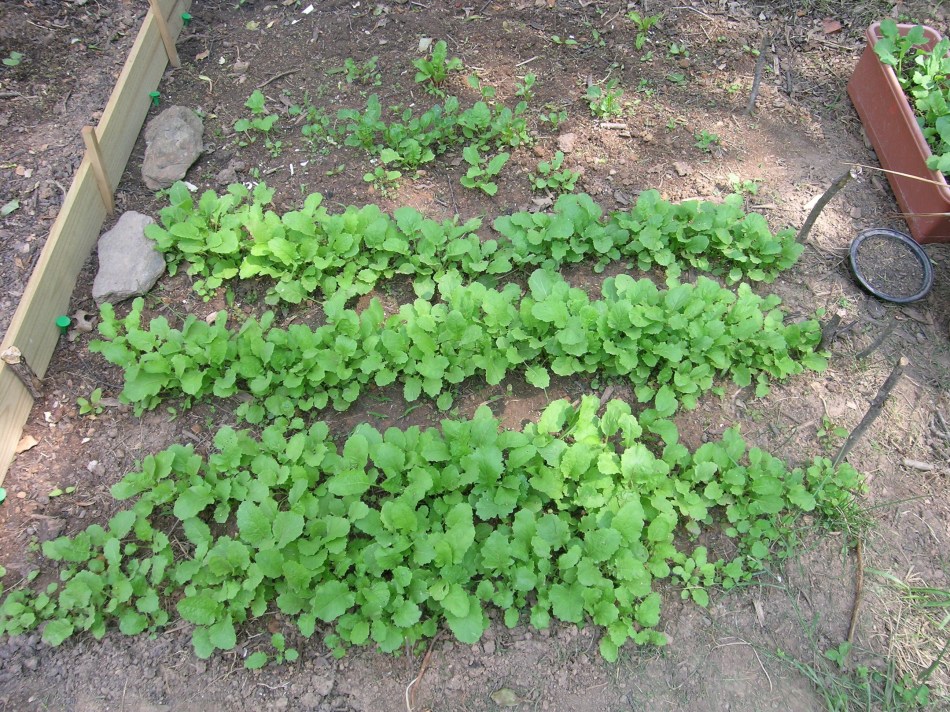
We used to have breaded and fried cymling squashes when I was a kid, oh memories! Loved them sooo much – time to do it again! Thanks for the reminder 😉
LikeLike
I’m definitely trying your recipe. I wonder if I need to do it with a special kind of potatoe?
LikeLike
No–any baby new potato will work or small white potato like the “Yam” variety 🙂
LikeLike